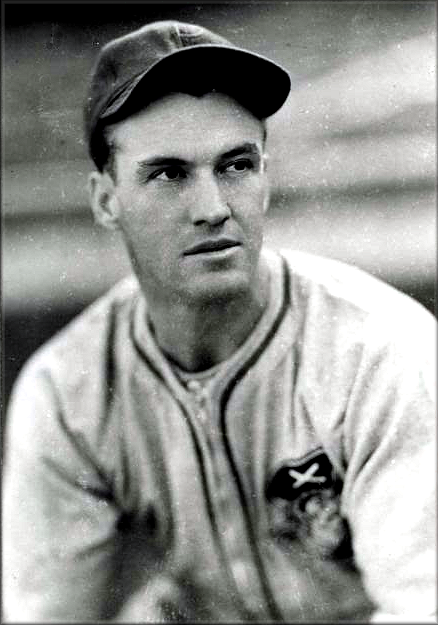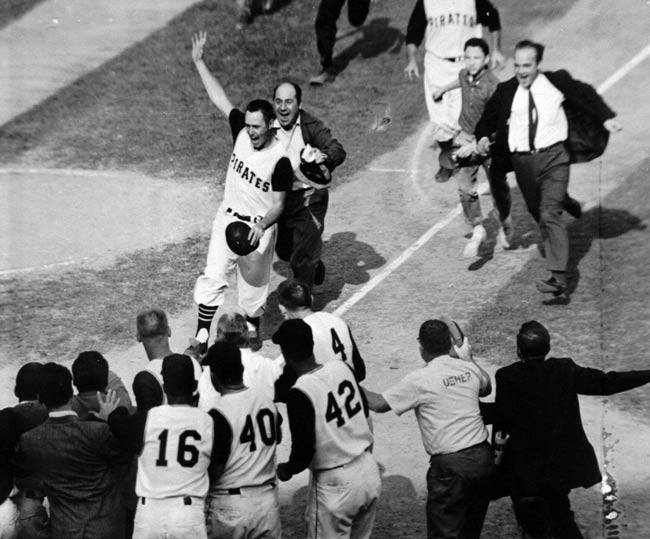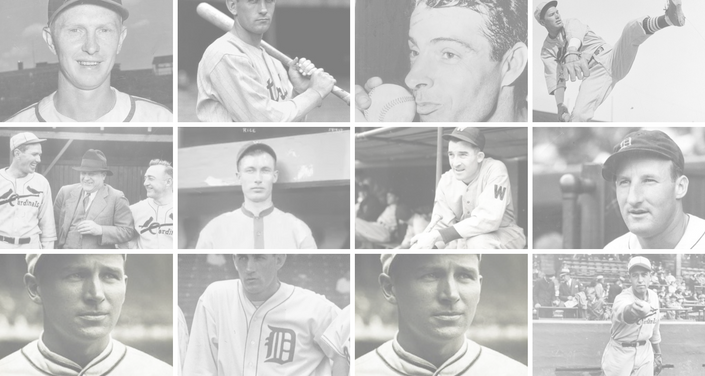On February 2, 1976, the Veterans Committee selects players Roger Connor and Fred Lindstrom and umpire Cal Hubbard as the newest class of Hall of Famers.
With his election into Cooperstown, umpire Cal Hubbard becomes the only person to be elected to both the baseball and football Halls of Fame. The big man from Keytesville, Missouri, who was named the all-time NFL’s offensive tackle, played with the Giants, Packers, and Pirates (Steelers) during his ten-year career in the National Football League, and was inducted into pro gridiron Hall of Fame in 1966.
Fred Lindstrom, is one of those “Who’s that?” Hall of Famers, who earned election solely due to the fact that Frankie Frisch ruled over the veterans committee in the 1970s. He was a decent infielder but never great. He was a solid hitter who led the league in hits once and never led in any other category. At the young age of 18 years old (the youngest player ever to play in the Fall Classic), he was also at the center of one of the most bizarre events in World Series history. In Game Seven of the 1924 World Series, with Lindstrom’s Giants and the Senators deadlocked 3-3 in the bottom of the 12th inning, Washington threatened with men on first and second and one out. Earl McNeely, the Senators’ center fielder, bounced a routine grounder to third, but just as Lindstrom glided in to gather it in, it hit a hard spot on the ground (contemporary reports called it a “pebble”) and careened over his head into left field. The runner on scampered home, and the Senators won the World Series title. Earlier in the game a similar “bad hop” had allowed the Senators to tie the game. Lindstrom maintained to his dying day that the ball had hit something on the field.
Roger Connor, batted .323 with 138 home runs, making him one of the 19th century’s top sluggers. The Waterbury Republican-American, the slugger’s hometown newspaper, had heavily lobbied for their native son after Hank Aaron passed Babe Ruth’s record in 1974.






